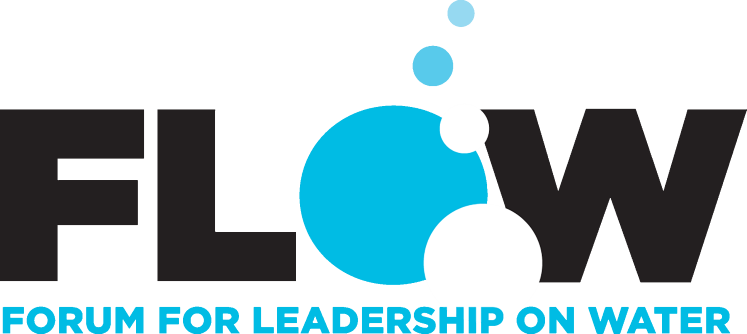The Imperative for a Canada Water Agency
Nidhi Patel, Amit Saini | May 2021
Although the Canadian government has successfully addressed various freshwater challenges, current management and mitigation efforts are still fragmented. More specifically, the responsibilities of freshwater management within the federal government are divided amongst approximately twenty departments and agencies. This division of freshwater responsibility within the federal government has led to a fragmented and siloed management approach which acts as an impediment to addressing Canada’s freshwater challenges.
Water is one of our most essential natural resources, yet unfortunately, Canada is facing an emerging water crisis that is threatening the quantity and quality of our freshwater.
Although the Canadian government has successfully addressed various freshwater challenges, current management and mitigation efforts are still fragmented. More specifically, the responsibilities of freshwater management within the federal government are divided amongst approximately twenty departments and agencies. This division of freshwater responsibility within the federal government has led to a fragmented and siloed management approach which acts as an impediment to addressing Canada’s freshwater challenges.
From January to April 2021, we conducted a high-level scan of freshwater management across the federal government. Our analysis led us to several key conclusions:
There are significant data accessibility and availability barriers that prevent a comprehensive analysis of federal freshwater spending.
There are gaps and areas of duplication in freshwater management with overlapping jurisdiction.
The establishment of a new Canada Water Agency (CWA) is an important step toward addressing many of the
evident gaps within Canadian freshwater management.
Our analysis of the Government of Canada’s budgetary data was inhibited by significant information gaps that made it difficult to assess budgetary allocations for freshwater initiatives. One such concern was that specific budgetary allocations for freshwater management activities were difficult to identify and differentiate. In addition, we found several instances of apparent overlap in freshwater initiatives and actions, but it was not possible to tell whether this indicated a lack of coordination between the federal departments and agencies or simply a lack of detailed information to allow for differentiation. Overall, a lack of data accessibility and availability regarding federal freshwater spending made it difficult to gain a clear understanding of how much the Government of Canada is spending on freshwater and where.
To dig deeper into specific aspects of freshwater management, we conducted an in-depth analysis in two areas: freshwater monitoring and flood forecasting. For each, we looked at examples of how the federal government coordinates its activities with other levels of government. This analysis revealed several apparent gaps in overall coordination and collaboration.
Within both key areas of freshwater management, we found evidence of:
geographic misrepresentation
lack of long-term planning,
accessibility concerns
data deficiencies,
and a general lack of coordination and collaboration between the jurisdictions.
These case studies indicate that the federal government has many opportunities to improve current freshwater management efforts throughout Canada.
With the establishment of the CWA, the Government of Canada has the opportunity to improve the current fragmented and siloed approach to freshwater management. The CWA has the potential to facilitate the development, establishment, and long-term operation of inter-governmental freshwater management programs. This is possible through collaboration with federal departments and agencies, provincial and territorial governments, and Indigenous governments.
Moreover, the CWA has the potential to promote effective collection and dissemination of freshwater information, develop national standards for monitoring and forecasting, and establish funding agreements for priority areas such as the underrepresented Indigenous governments and remote locations in the far north. Regarding the gaps within freshwater monitoring and flood forecasting, the CWA can play an integral role in facilitating the establishment of an integrated community-based water monitoring network and a national flood forecasting system for Canada. These are just a few examples of collaborative networks the CWA can facilitate to improve Canadian freshwater management efforts.
The CWA represents an opportunity for a centralized organization to collaboratively improve and innovate the current state of freshwater management, while ensuring effective coordination between federal, provincial, territorial, and Indigenous governments. As our water challenges intensify, it is imperative that the CWA is established sooner rather than later. Ultimately, it is crucial that the establishment of the CWA is a priority and has continued support.
Nidhi Patel and Amit Saini are graduate students currently pursuing a Master of Science degree in environmental sustainability from the University of Ottawa. Their project on the current state of Canadian freshwater management was conducted in collaboration with FLOW and the University of Ottawa for their capstone course.

